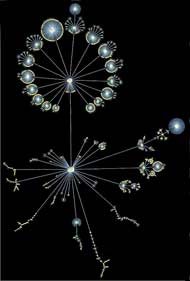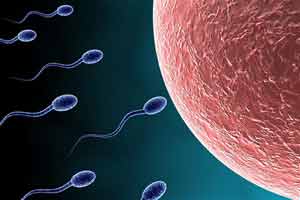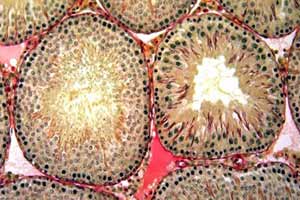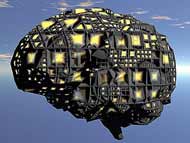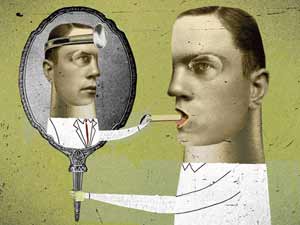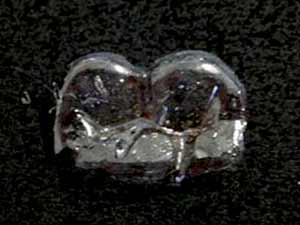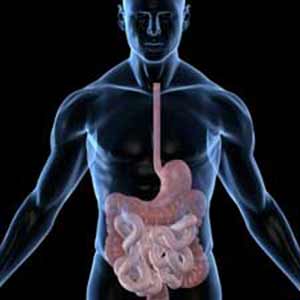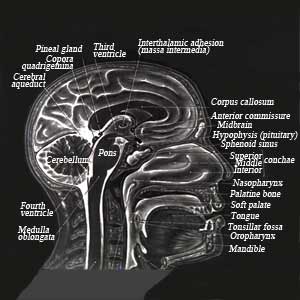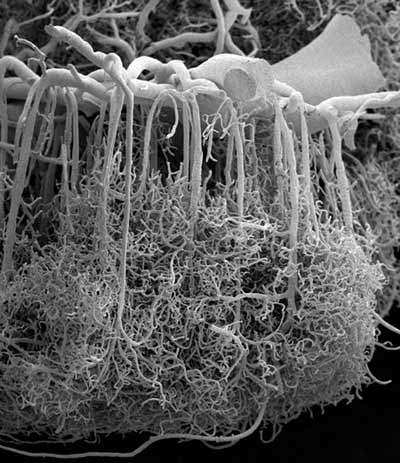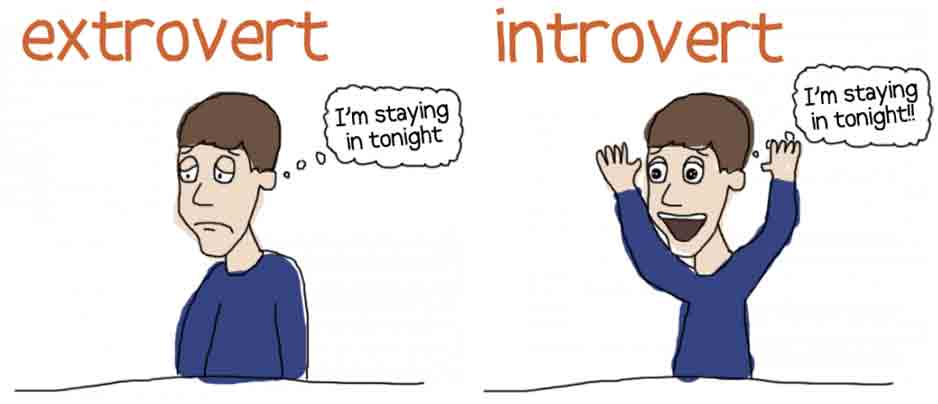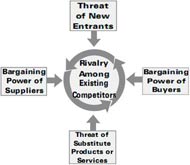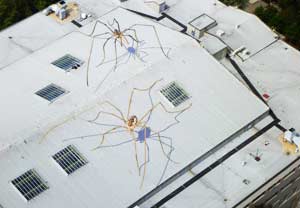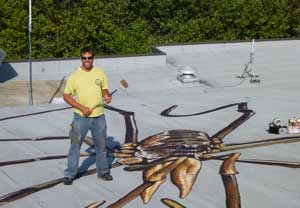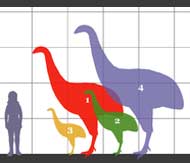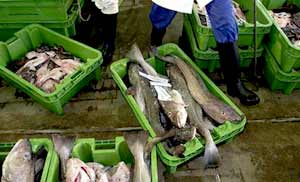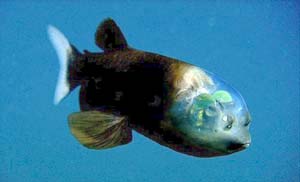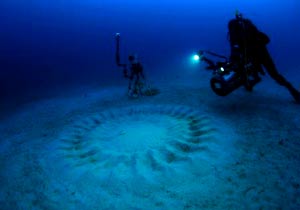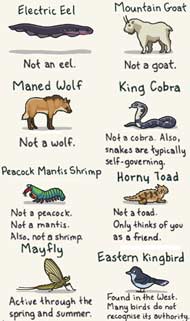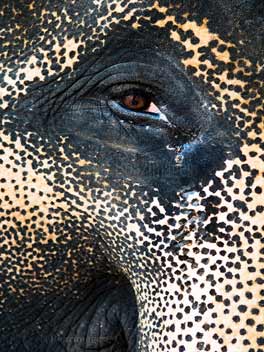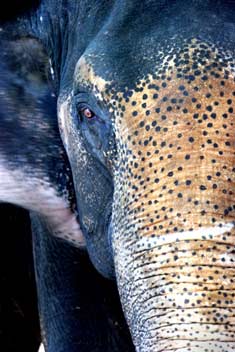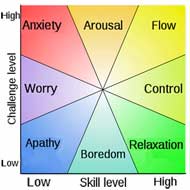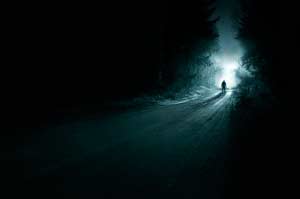A nerd is a person, typically described as overly intellectual, obsessive, or socially impaired, who spends inordinate amounts of time on unpopular, obscure, or non-mainstream activities, which are generally either highly technical or relate to topics of fiction or fantasy to the exclusion of more mainstream activities. Additionally, many nerds are shy, quirky, unattractive, and may have difficulty participating in, or even following, sports. “Nerd” is a derogatory, stereotypical term, but as with other pejoratives, has been recaimed and redefined by some as a term of pride and group identity.
- Intelligence and social awkwardness partially explain many patterns of Nerddom, but there’s more: dreams fool us all because, despite being incoherent, we accept them at the time as fully real. With effort, we can form a habit of doing “reality checks” during our waking life: trying to push fingers through solid surfaces, or breathe with airways closed. When the act of asking, “Am I dreaming?” within a routine reality test becomes habitual, these may then start happening in dreams. The reward? An insight denied most: knowledge of the fact of being in a dream. Dreams demonstrate that brains create complex, immersive, fully-convincing simulations. In fact, waking life is a (kind of) dream. Consciousness exists and “sees” only certain aspects of reality — aspects chosen for adaptive reasons, not (usually) for mere truth. Communal belief (social reality) and the “sacredness” produced are powerful layers of distortion that nerds usually notice and try to avoid. One reason is because nerds are less able than normal humans to perceive social reality as sacred. Autism (which, along with depression, is overrepresented in the nerd community) is associated with a reduced ability to model other brains in a normal social way; it is inversely linked to a belief in God. An autistic person is more likely than a (so-called) “neurotypical” to notice that a social reality even exists. It is no wonder: autistics get a lucid-dreaming-type reality check for “the great social dream” with every inscrutable (to him) human action he witnesses.
- Mild depression removes pleasurable feelings from everyday life; it interferes with a mechanism for sacredness-maintenance distinct from the theory-of-mind path that autism appears to block. Meaning is deconstructed in depression; social connections weaken. Ideas and things that for normal individuals glow with significance appear to the depressed as empty husks. The deceptive power of social sacredness illusions is weak for the depressed person (as are certain other deceptive powers such as illusion of control). This isn’t an unmitigated victory for the nerd — self-deception is strongly related to happiness. The consolation of gaining insight may not always make up for loss of sacredness in terms of happiness.
- Recursion and self-reference are uniting themes for nerds, who constantly try to jump out of themselves so they can look back at themselves with a different perspective. A predilection for abstraction feeds an addiction to insight. Nerds desire both insight and meta-insight — a multilayered awareness that brings a complicated relationship to ambiguity: information is present on multiple levels. Some people routinely communicate on multiple levels at once while others hold out for legible progress made only through sincerity. Regardless, layers of self-glorifying self-deprecation illustrate nerds’ complicated relationships with themselves. They likely begin socially awkward — failing to automatically perceive social subtleties that normal cohorts notice instinctively. Some master social belonging by using parts of the brain not adapted for that purpose; most experience normal human aches at the lack of social belonging, friendship and bonding. (In other words, they’re normal, just different.) A single brain is limiting. Via linkup, nerds may form superbrains capable of insights unavailable to mere individuals.
- Huge segments of human culture cater to stimulating the humour reward circuit; not so for the closely-related but distinct insight reward circuit. “Insight porn,” to the extent it exists, is of marginal cultural importance compared to humour. Puzzles, mystery stories, pattern-recognition games, perhaps even political commentary,all trigger the insight reward circuit in a degraded way. Yet why should it be that art catering to humour is more plentiful and of higher quality than art catering to the insight reward circuit? Perhaps because humour has implications as a mating quality indicator — insight is a more dangerous trait. It may possibly be an indicator of uncooperativeness (contrary to the adaptive value of religion, for instance). This may explain why there are dozens of comedy clubs in Los Angeles, but not a single club where one can go to solve lateral thinking puzzles with masters of the genre. Humour can even inoculate against threatening ideas, such as evolution and non-religion.
- In some ways the domain of visual art has done a better job than the domain of science in promoting the nerd value of seeing through social/sacred illusions. Severe mental illness is so common among serious visual artists that it’s practically a job qualification; it’s rare in the sciences (though less rare in abstract math and philosophy). Science has done a better job than art (and marginally better than math and philosophy) at protecting itself from radically different ways of thinking (hence insights) about itself. Insight porn does not have to be true to be effective; it merely has to be geared to the sophistication of its audience, producing insights of the right size. Any given insight may be illusion; reality is best served by sceptics. But we’ve learned to glorify insight itself, properly pitying the rest of humanity.
- The feeling of mirth (a reaction to humour) is a reward-system response to the detection of a contradiction in one’s mental space: one of the premises one had mentally committed to is found to be incorrect: it is the detection of a misfit. Insight, on the other hand, involves the detection of a fit — the detection of a pattern that allows the compression of information previously requiring more representational space. Humour is a much safer route than insight to correct thinking. The feeling of humour detects a problem that is likely not to really be a problem. On the other hand, insight is likely to provide an illusion of a problem solved: a better, more elegant model of the world. Indeed, insight leaps often do provide a more accurate, more elegant model — but a person who’s spent a great deal of his life having the feeling of insight may or may not have a more accurate, more elegant model of the world than someone who rarely experiences insight. Caution is needed. Define your goals as accurately as possible. Define the terms you use as well.
The foregoing is extracted from Trying to See Through: A Unified Theory of Nerddom.
 Animals
Animals Animation
Animation Art of Playing Cards
Art of Playing Cards Drugs
Drugs Education
Education Environment
Environment Flying
Flying History
History Humour
Humour Immigration
Immigration Info/Tech
Info/Tech Intellectual/Entertaining
Intellectual/Entertaining Lifestyles
Lifestyles Men
Men Money/Politics/Law
Money/Politics/Law New Jersey
New Jersey Odds and Oddities
Odds and Oddities Older & Under
Older & Under Photography
Photography Prisons
Prisons Relationships
Relationships Science
Science Social/Cultural
Social/Cultural Terrorism
Terrorism Wellington
Wellington Working
Working Zero Return Investment
Zero Return Investment


